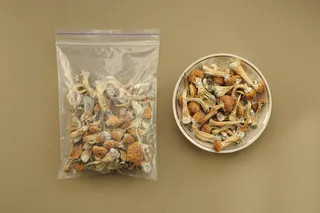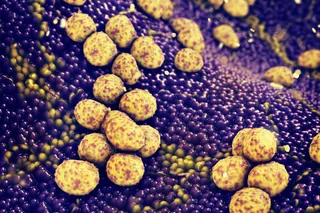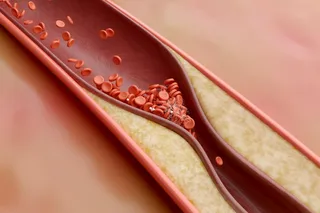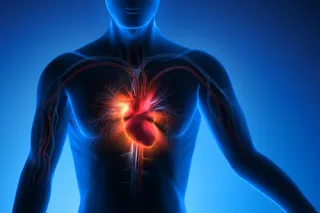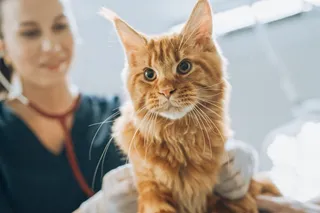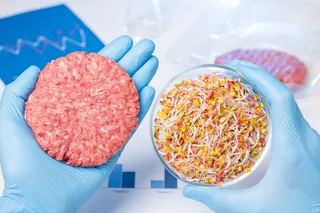Do you know your own blood type? If not, a quick look at your medical records or your donor card can hopefully answer that question, and help practitioners identify the right type needed for transfusion in case of an emergency. But not so for one woman from France. Despite needing a transfusion in 2011, doctors could not identify her blood type — or match her with a donor.
After extensive genetic analysis of her blood samples, researchers from Inserm, Paris Cité University, the University of the Antilles, the French National Blood Service (EFS), and the National Reference Center for Blood Groups (CNRGS) published a surprising discovery: this patient had a never-before-seen blood type, now officially recognized as the 48th blood group system.
Not all blood is the same — like the color of our eyes, our blood type is determined by our genes. Blood types vary based on specific antigens ...




